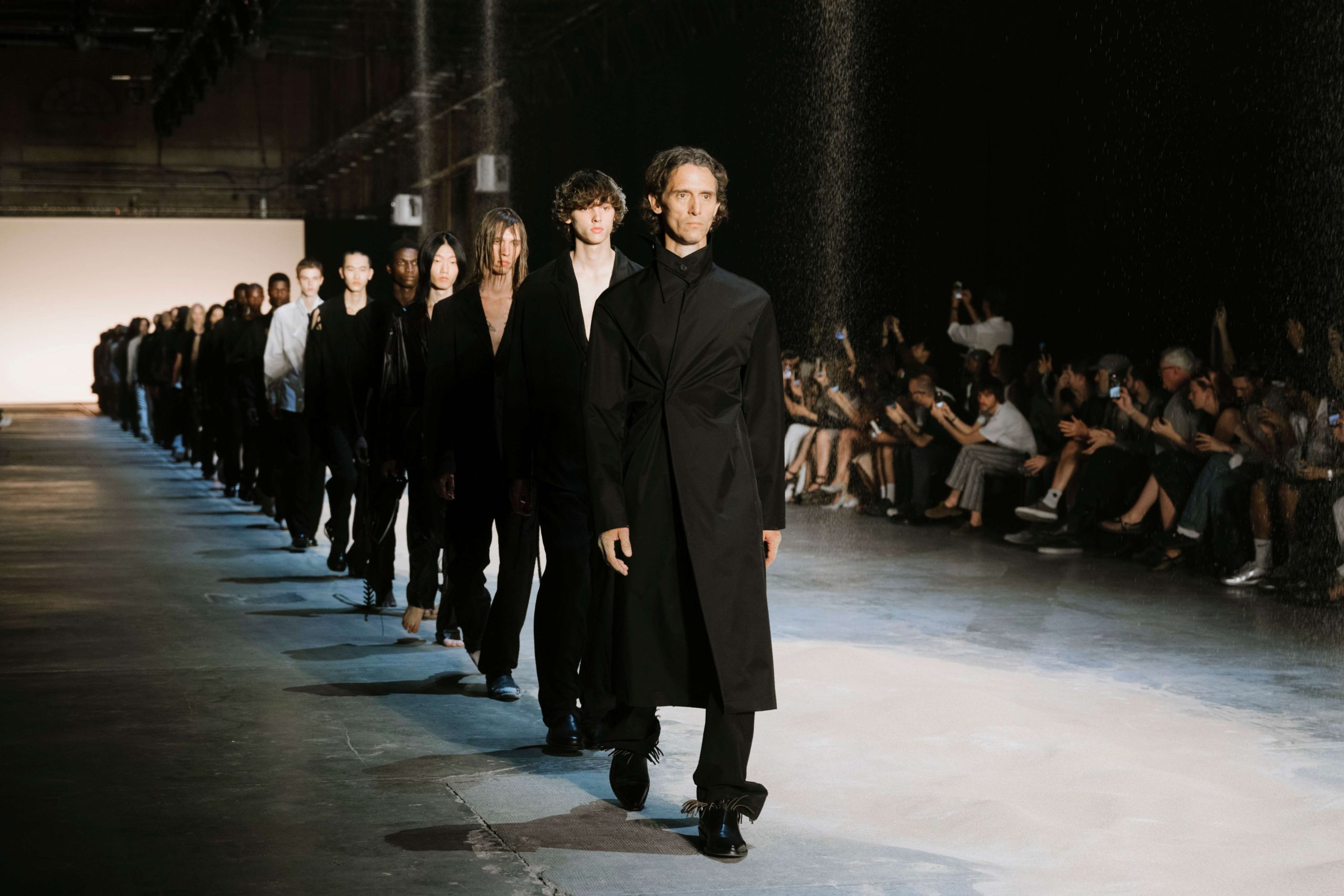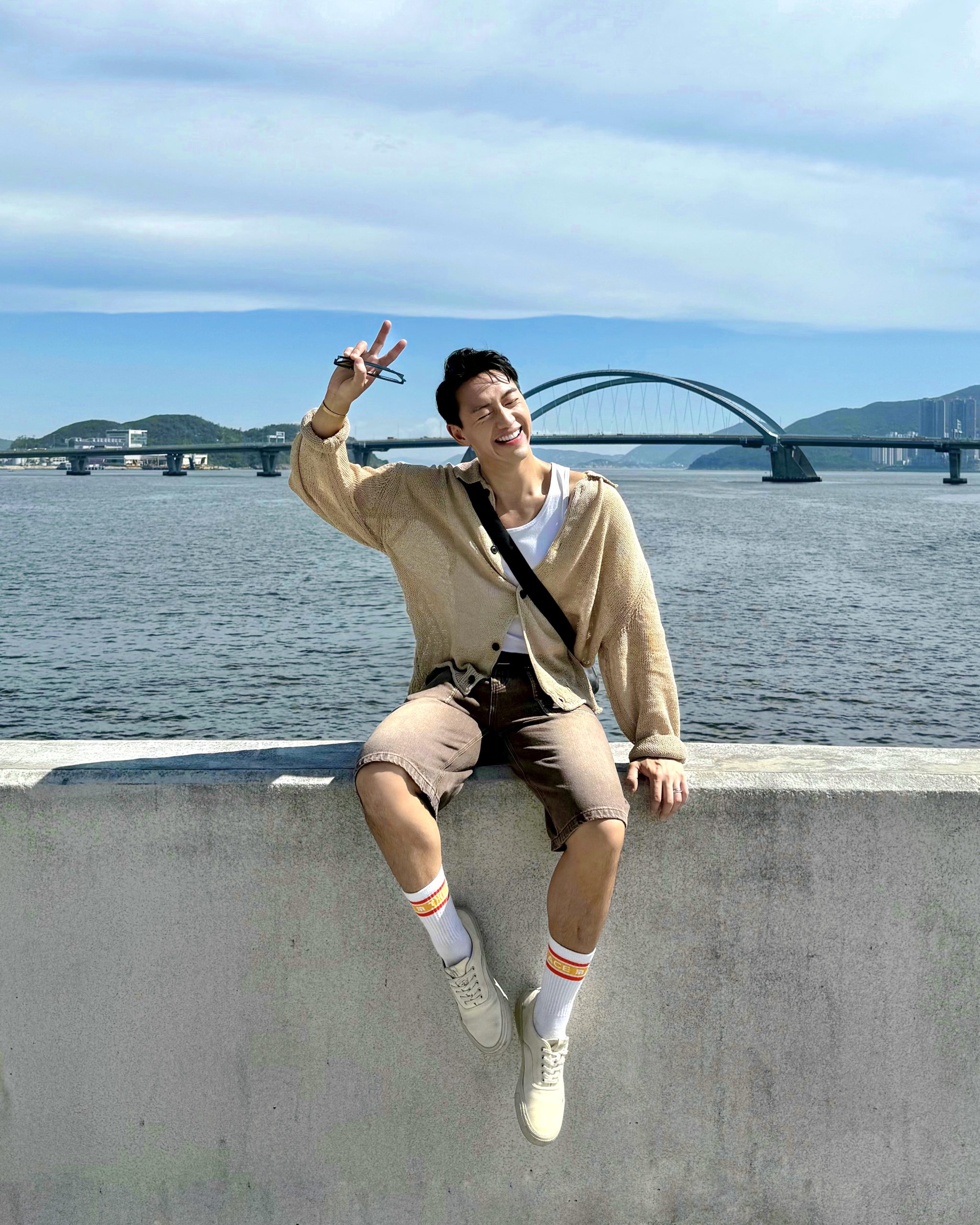Hyenas hunting, elephants stampeding, zebras frolicking and birds taking flight – with a click of the shutter, world-famous nature photographer Keith Ladzinski captures the momentum of wilderness
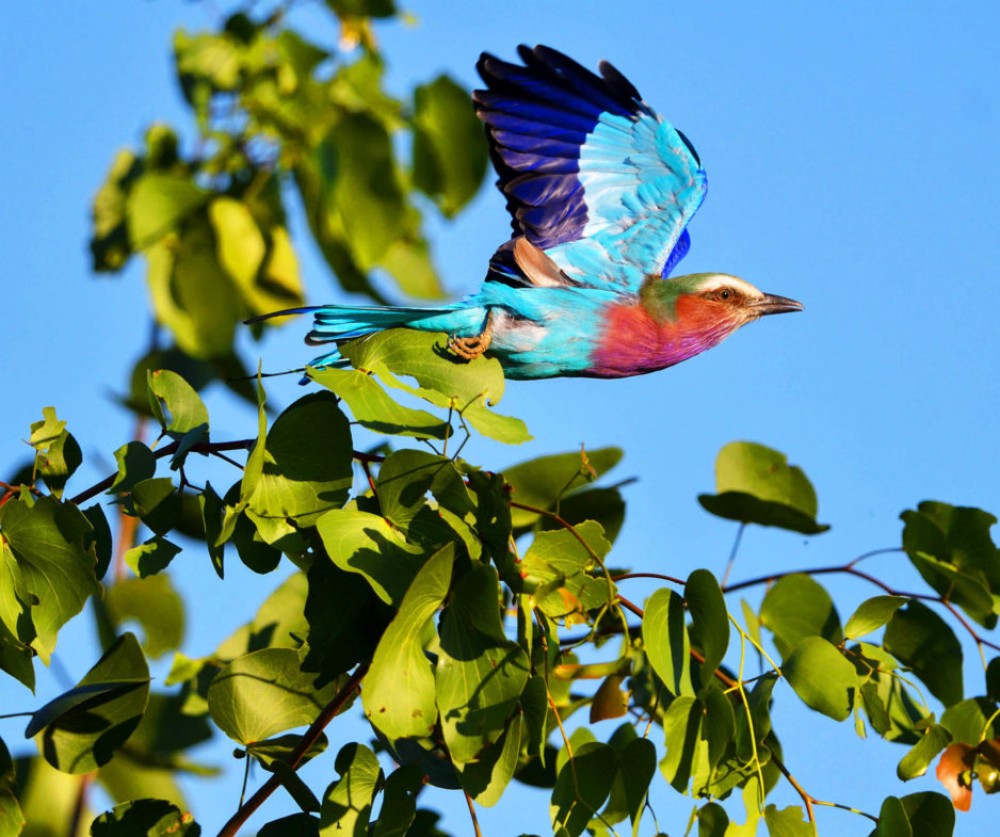
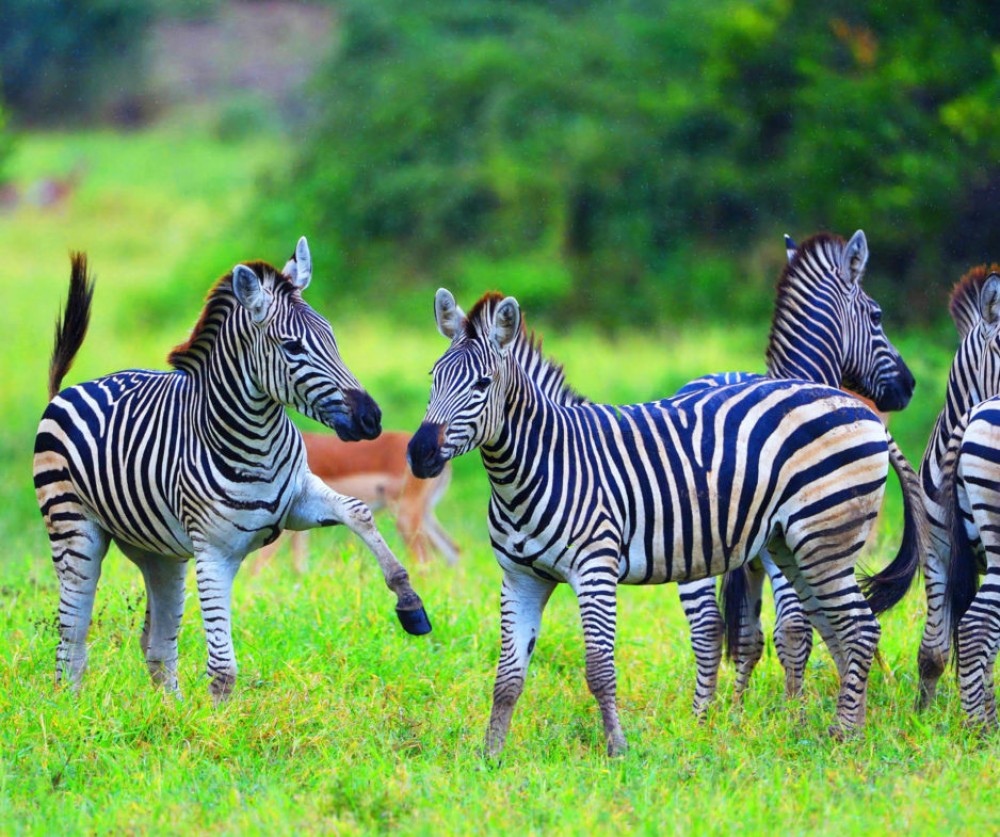
A lot of the time I can’t even believe that I get to do the things that I do. But so much of it is working within a community of like-minded people, and I think adventure photography really is being willing to go anywhere and do anything that you have to do to get the shot
KEITH LADZINSKI
What is your favourite subject to photograph?
I prefer to shoot more on a natural history side – wildlife and landscapes are my favourite. However, I like some variety and with so much of the work I will go out with a team of athletes or scientists and so usually I can get a little of everything and that’s one of the benefits of the job. Wildlife and landscape can be the hardest things to capture because you can’t direct them so you’re at the mercy of whatever you’re given.
Do you have any top destinations for adventure seekers?
Chile and South Africa are two of my favourite countries. They offer so much diversity and are really travel friendly. The things you can see and experience in both of those countries are top notch – you can have a 10 in every category in either one of these countries. I really like Iceland as well – it is a very hot destination now and there’s a reason why. You can see a lot even right out of the car. For me, both Chile and South Africa are havens for a photographer.
How would you describe yourself as an adventure photographer?
The term ‘adventure photographer’ really is someone who is willing to go to all ends of the earth and put themselves in uncomfortable situations. I really think that the beauty of the job is that it takes me out of my comfort zone all the time. It brings me face to face with beautiful animals that I grew up loving and admiring, and it takes me to places in the world that so many times I didn’t even know existed.
The role takes me truly to the far corners of the planet, and a lot of that is driven through the community I work with like the adventure athletes, biologists and scientists who are doing cutting-edge scientific research. I’m just lucky enough to go! You do have to have a willingness to realise that you’re going to be giving up a lot of your comfort, and just be able to embrace the fact that things are going to be unpredictable, in a good and also in a bad way.
Do you enjoy that aspect of your job?
I do! Interestingly enough you kind of become addicted to it. If I’m home for more than two or three weeks – and because I’ve now been doing this for 13 years full time – I start to get restless and I start looking for the next mind-blowing thing. A lot of the time I can’t even believe that I get to do the things that I do. But so much of it is working within a community of like-minded people, and I think adventure photography really is being willing to go anywhere and do anything that you have to do to get the shot.
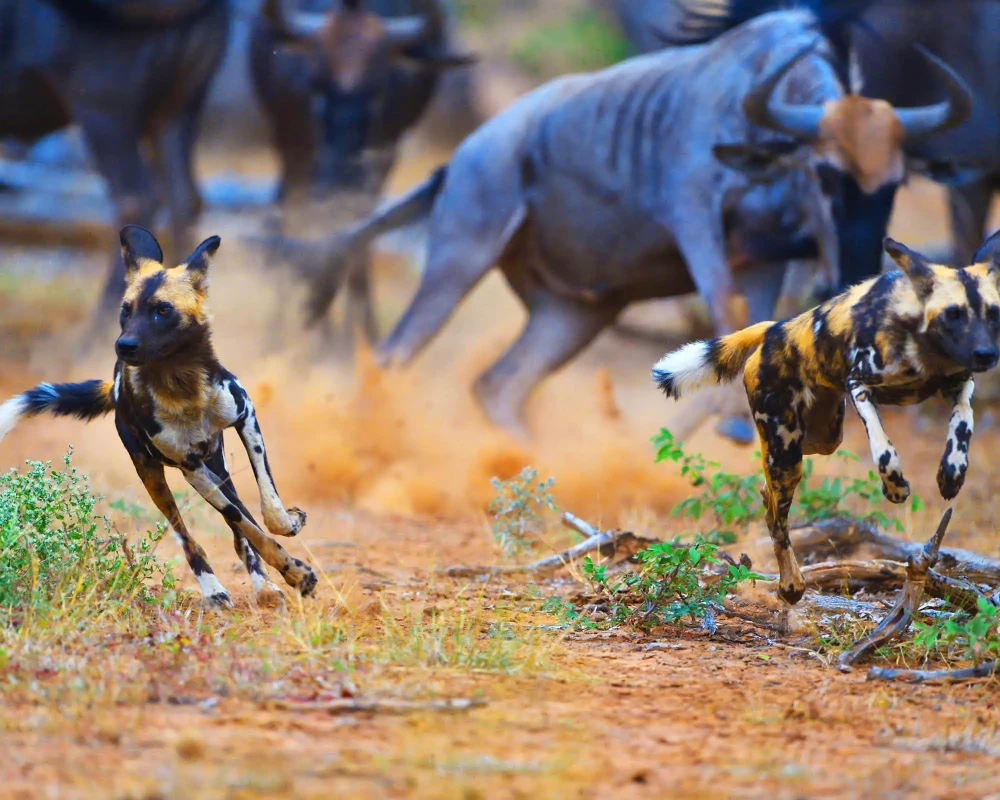
Are you personally involved or interested in conservation?
I grew up in Colorado, in the US, which is a mountainous region and so I’ve always had a love for the outdoors. I’ve been shooting now for about 20 years and the more time I spent outside taking pictures, the more I fell in love with the outdoors. But I also began to see things that needed attention. I got my first climate change story for National Geographic in 2015, which was a shoot on America’s national parks. It was a real eye-opener for me because up until that point, any work I had done within conservation and climate change was kind of on the periphery of those things and I had never done a story specifically on these issues. So, when I got this story it was both beautiful and heart-breaking in a lot of ways. The locations they sent me to and the biologists they had me working with were people who really had their hands on the pulse of what’s going on. They brought me to locations where I was really exposed to the details and the nitty-gritty of how quickly we are losing our glaciers, how polluted our water systems are, how the rise of heat index is creating wildfires all across our planet. For instance, five years ago they started seeing wildfires in the Arctic, which is brand new as far as human documented history goes.
Working with biologists on this particular story and really seeing the effects of climate change is what opened my eyes and what really made me want to start changing a portion of my direction. It really means a lot to me when I do conservation work, climate change stories or focus in on problematic parts of the world and when I’m able to play a part in spreading that message. Being able to go to places and see those changes first hand, take pictures and to share them and the information given to me by these biologists – I’m just grateful to even play whatever small part I can.
Have you returned to any places where you have first-hand noticed climate change?
I have. I’ve been to numerous coral reefs for instance that I first visited 10-15 years ago in Florida or the Bahamas that are now bleached and totally dead. I’ve returned to places in Mexico and in the Caribbean Ocean where ten years ago I remember seeing them full of life and now it’s all gone. It’s so sad and it breaks your heart. I’ve also been to places in the Arctic as well as Greenland where only seven years ago I remember certain glaciers coming down much further, and when I returned, all of a sudden I saw how much it had receded. It’s really in your face and it’s crazy how much the coral reefs are changing.
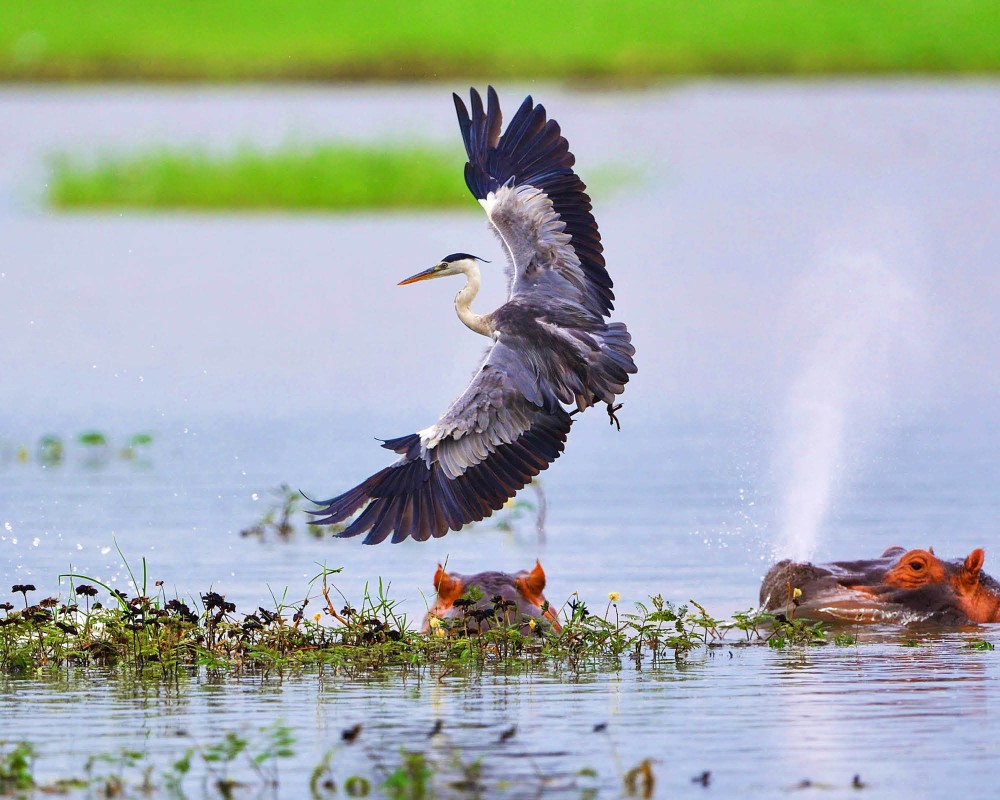
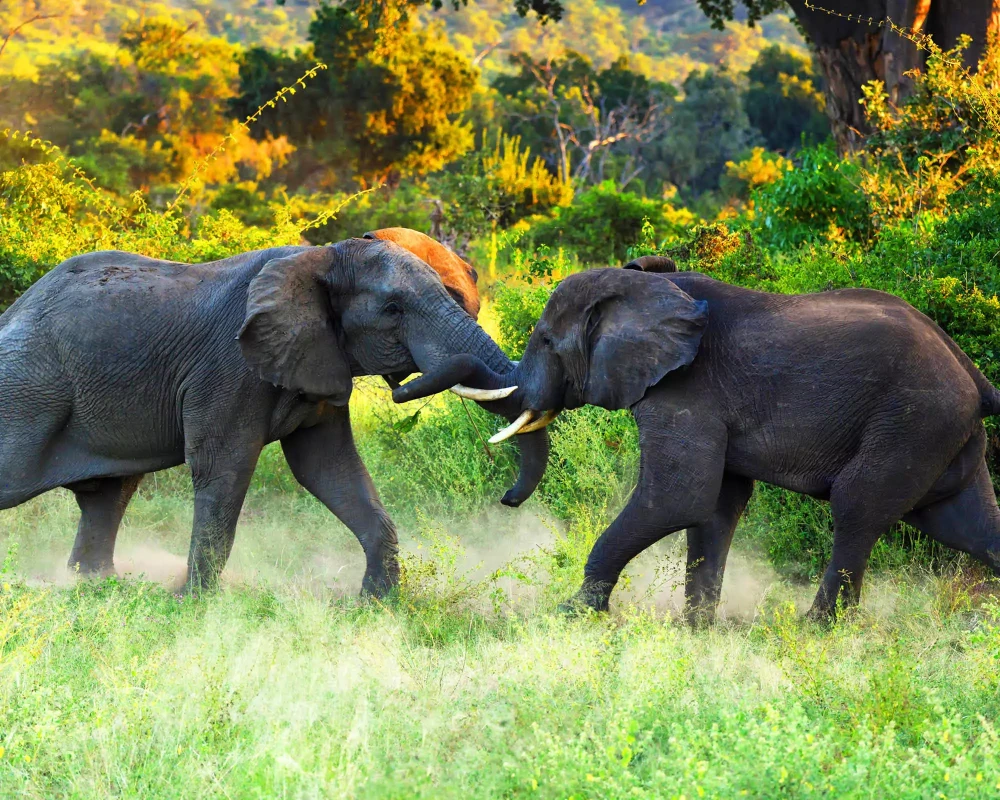
What are your thoughts on responsible travel?
I try to do carbon offsetting as often as possible. I fly a lot on one specific airlines and when you book your ticket, you can actually pay right there and do carbon offsetting right off their website. I try to travel with my own water bottles so I don’t use plastic water bottles. I try to use public transportation to eliminate excess carbon dioxide. The biggest proponent of climate change in the world is carbon dioxide and so I try to eliminate that in any way I can when travelling.
When was the last time that you have been pushed to your extremes?
Oddly enough, it might not sound like an extreme destination, but I recently did a shoot in Northern Michigan. It was an ice-climbing shoot for Red Bull up in the Upper Peninsula. It is extraordinarily cold there, it’s even as cold as Antarctica! The weather comes right off Lake Superior and it just whips up such high winds that are really cold. It is such a beautiful playground for ice climbers. It was really interesting to explore this area as I’ve travelled to places like Antarctica and Northern Greenland which are renowned for extreme weather conditions, and to experience this in America – it blew me away. Nature photography really exposes you to extreme locations.
I also spent all of December in Colombia filming birds. Colombia has the densest population of diverse birds anywhere on the planet.
It was fascinating to film there knowing that not so long ago a lot of these places were too dangerous to even visit. Without my camera, there is no way I would have ever had such a fantastic opportunity. My camera really has been my passport to the world.
Photography / Keith Ladzinski
Location / Zimbabwe
Coordination / Jacada Travel


